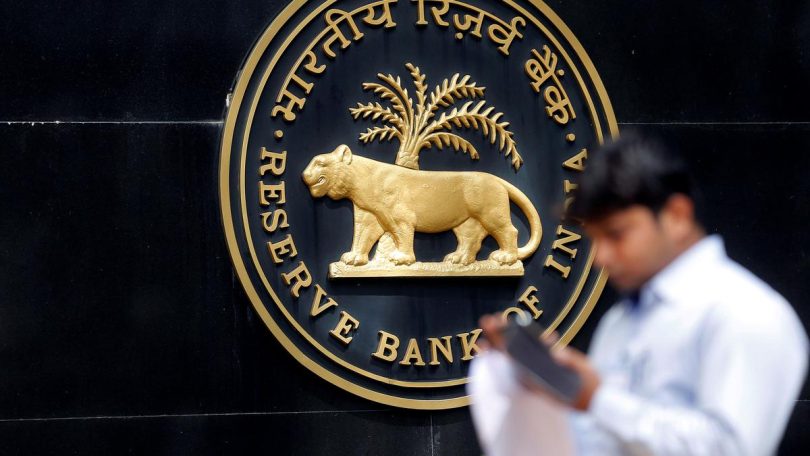[ad_1]
The story so far: On May 12, the RBI stated that some banks and financial institutions were yet to facilitate an absolute transition away from the London Interbank Offered Rate (LIBOR) benchmark. They had not inserted fallback clauses into all their financial contracts that reference U.S.$ LIBOR or the corresponding domestic Mumbai Interbank Forward Outright Rate (MIFOR). Both LIBOR and MIFOR would cease to be a representative benchmark from June 30 this year. The regulator urged the entities to incorporate the clauses to avert any “last-minute rush to insert fallbacks”.
What is LIBOR?
LIBOR is a global benchmark interest rate that combines individual rates at which banks opine they may borrow from each other (for a particular period of time) at the London interbank market. It is used as a benchmark to settle trades in futures, options, swaps and other derivative financial instruments in over-the-counter markets (participants engaging directly without using an exchange) and on exchanges globally. Further, consumer lending products including mortgages, credit cards and student loans, among others, too use it as a benchmark rate.
Every business day before 11 a.m. (London time), banks on the LIBOR panel make their submissions to news and financial data company, Thomson Reuters. The panel consists of commercial bankers such as J.P. Morgan Chase (London branch), Lloyds Bank, Bank of America (London branch), Royal Bank of Canada and UBS AG, among others. Following the submission, the contributed rates are ranked. Extreme quartiles, on the top and bottom, are excluded and the middle quartiles are averaged to derive the LIBOR. The idea is to be as close to the median as possible.
Before December 31, 2021, LIBOR was calculated for five currencies (U.S. dollar, Euro, Pound, Swiss Franc and Japanese Yen) for seven tenors (overnight, one-week, one-month, two months, three months, six months and 12 months). Thus, totalling to 35 individual rates on each business day. Only U.S.-dollar LIBOR, excluding one-week and two-month tenor, were allowed to be published after U.K. Financial Conduct Authority (FCA) announced its phased rollback in March 2021.
What was the controversy around it?
The central flaw in the mechanism was that it relied heavily on banks to be honest with their reporting disregarding their commercial interests.
It must be noted that the rates were made public. Therefore, it would not be particularly useful to impress upon potential and current customers the various disadvantages in obtaining funds. The phenomenon was particularly on display during the 2008 financial crisis when submissions were artificially lowered (amid the crisis). In 2012, Barclays admitted to the misconduct and agreed to pay $160 million in penalties to the U.S. Dept of Justice. The Wall Street Journal too had studied in May 2008 that several panelists were paying “significantly lower borrowing costs” than what other market measures were suggesting. Another observed phenomenon was the tendency to alter (higher or lower) the submission as per the entities’ trading units’ derivative positions to acquire more profits. Derivates refer to financial contracts whose value is related to a specific indicator, commodity or financial instrument.
Prior to February 2014, LIBOR was administered by the British Bankers’ Association (BBA). However, in April 2013, the maintenance of the benchmark was brought under the purview of the FCA.
Do we have an alternative in place?
Yes, in 2017, the U.S. Federal Reserve announced the Secured Overnight Financing Rate (SOFR) as a preferred alternative. Accordingly, in India, new transactions were to be undertaken using the SOFR and the Modified Mumbai Interbank Forward Outright Rate (MMIFOR), replacing MIFOR.
As stated by the International Finance Corporation (IFC), it is based on observable repo rates, or the cost of borrowing cash overnight, which is collateralised by U.S. Treasury securities. Thus, making it a prevailing transaction-based rate and drifting away from the requirement of an expertise judgement as in LIBOR. This would make it potentially less prone to market manipulation.
MMIFOR would use adjusted SOFR (compounded in arrears for varied tenors and obtained from the Bloomberg Index Services) among other components.
SOFR is published on each market business day at 8 a.m. ET.
How are we responding to the regime change?
The RBI had stated in its November 2020 bulletin that, in India, exposures to LIBOR are from loan contracts linked to it and Foreign Currency Non-Resident Accounts (FCNR-B) deposits with floating rates of interest and derivatives. In August the same year, the banking regulator had asked banks to assess their LIBOR exposures and prepare for the adoption of alternative references rates. Contracts entered after (or before, if possible) December 31, 2021, were not to use the LIBOR as reference rate. More importantly, contracts entered before the date were to have fallback clauses, that is, an agreement for revised considerations when the reference rate is no more published — important for transparency and consistency.
Moreover, since SOFR is inherently lower than LIBOR, certain spread (refers to gap between two prices) adjustments may be required to account for the difference with the current reference rate. Thus, consistency would require assessment and revisions by banks and FIs.
Overall, the idea is to have a framework to manage “potential customer protection, reputational and litigation risks” and avoid disruption to the safety and resilience to financial institutions and overall financial stability of the economy.
[ad_2]
Source link








